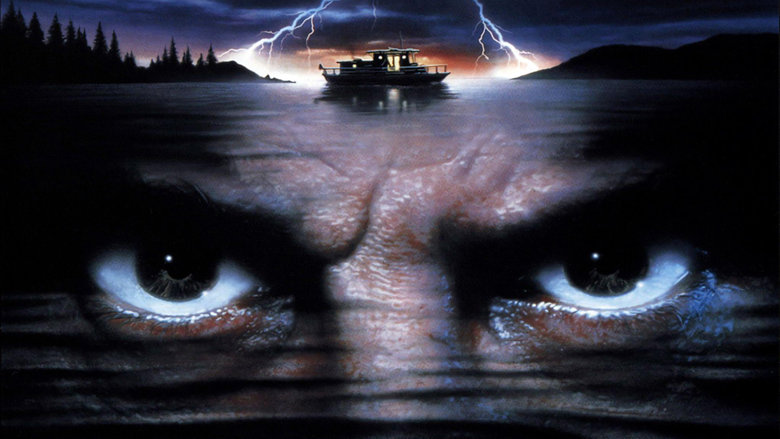With Halloween just around the corner, my wife and I are starting our annual horror festival, where we watch a bunch of scary movies to usher in October 31st (we tend to do this for a lot of the holidays, which can be a boat-load of fun!).
But this got me thinking- there are a ton, and I mean a TON of crappy (for use of a better word) remakes out there of some really great movies. I mean at this point, it’s now running into the hundreds.
With that said, there’s a handful of really great remakes that are classics in their own right, and translate the themes and motifs of the original films, and update them for a modern audience.
So I figured I’d start a series of posts highlighting film remakes, which in my humble opinion stand up to their original counterparts, and in some cases continue to explore great ideas that their predecessor may have only touched on. I don’t necessarily think it would be my place to say if a certain remake is better than the original because that is for you and you to decide.
The first one I’d like to bring up is a classic in the thriller genre, something that was quite ballsy for the director to helm at the time, because it was a tad out of his usual genre he was comfortable in.
I’m talking about Martin Scorsese’s 1991 classic, Cape Fear.
Now loads of material has been written on this film and the 1962 original, so I can only do my best to add my two cents.
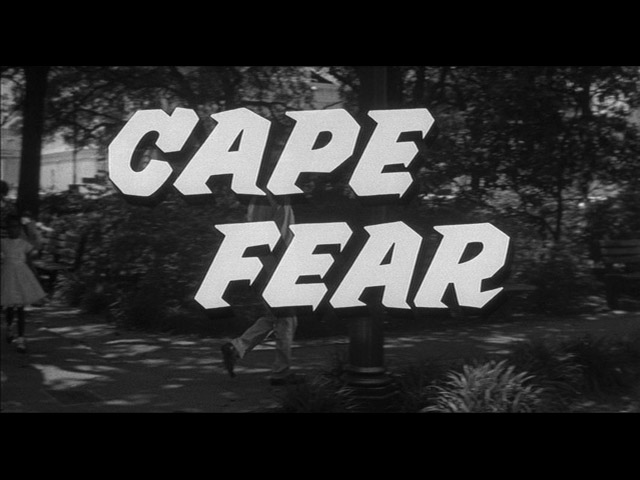

Robert Mitchum as Max Cady
The aforementioned original was directed by J. Lee Thompson, who had oversaw such classics as The Guns of Navarone, Mackenna’s Gold, Conquest and Battle for the Planet of the Apes, and a slew of Charles Bronson vehicles. Cape Fear was adapted from a novel by John D. MacDonald, and starred the greats: Robert Mitchum, Gregory Peck, Martin Balsam, and Telly Savalas, and scored by the legendary Bernard Hermann.
The basic story followed ex-convict Max Cady’s (Mitchum), release from prison after spending a number of years incarcerated. He immediately goes back and re-enters the life of his ex-public defender, attorney Sam Bowden (Peck), a small time lawyer who Cady blames for his lengthy prison sentence. Max begins a vicious and sadistic campaign of stalking and harassment of the Bowden family, slowly upping the ante, getting more brazen with each encounter, culminating in a fiery climax on Cape Fear, in North Carolina, a place where the family flees to escape his wrath.
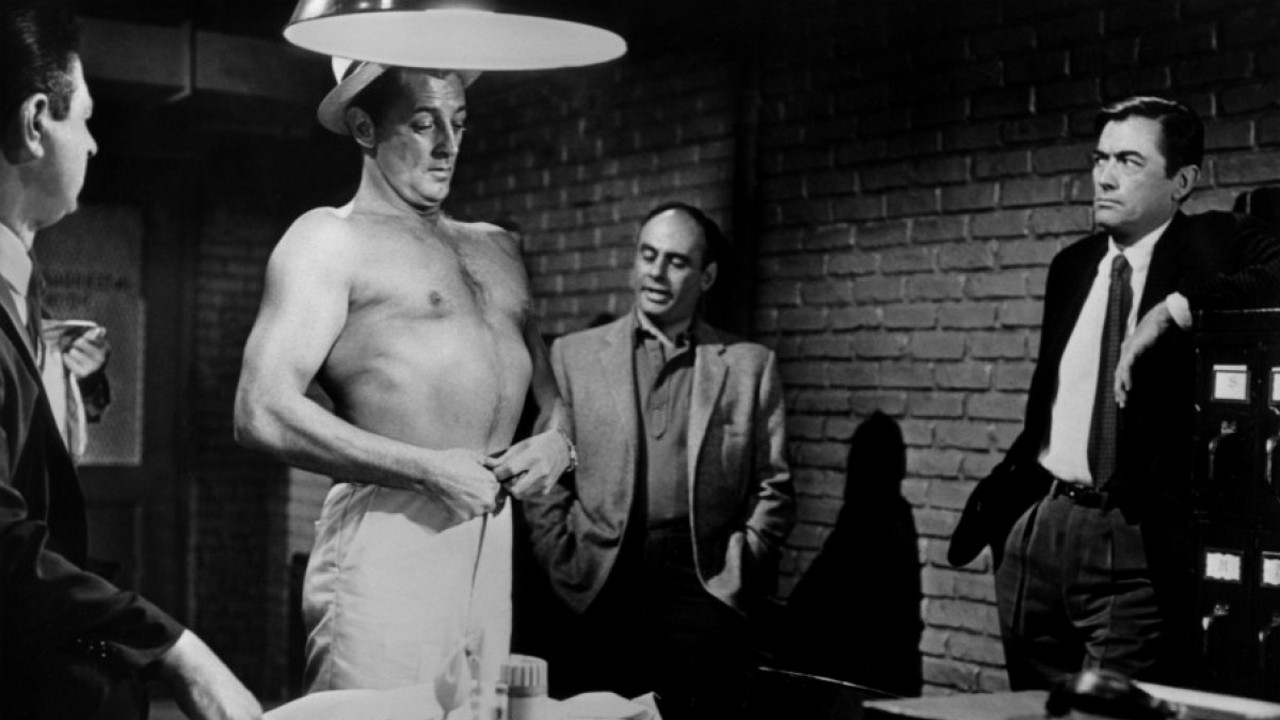
Mitchum, Policeman Martin Balsam & Gregory Peck
Overall, the 1962 film presents the Bowden family as a very wholesome, middle American family, which are brutalized by this insane and brilliant maniac who is completely bent on revenge for the years in prison and the life he lost. The only really thing that Sam Bowden eventually does that is questionable, is out of desperation, he hires some thugs through P. I. Telly Savalas to beat up and scare off Cady. But this completely backfires, and only enrages and emboldens the ex-con, enlisting probably the most quoted line from the 1962 film, “I got something planned for your wife and kid that they ain’t never gonna forget- and neither will you Councilor…”
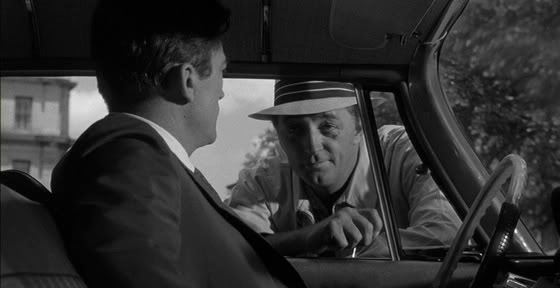
Now Scorsese’s 1991 version updated the story and concept behind the film, while still staying extremely faithful to the 1962 original. It was a bold step for the legendary director at the time, coming off the heels of his massive hit and genre-instilling film, Goodfellas, and a very bold decision frankly, which could have easily backfired on him. Up until that point, Scorsese had mostly been known for mobster related films, occasionally venturing out on some brilliant directions like the very dark comedy King of Comedy, the brilliant documentary The Last Waltz, or the very controversiall take of the last days of Jesus, in The Last Temptation of Christ.
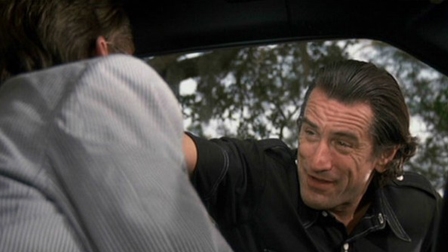
But Scorsese had a number of great things going for him; he was a master of the camera, more specific cinematography; he also was a huge student of film, which probably gave him his greatest angle in updating Cape Fear. He saw this almost as an Alfred Hitchcock movie in pacing and suspense, and basically modeled his version as one. (A great read about him and this film in particular, is Scorsese on Scorsese, which comes highly recommended from this podwit.)
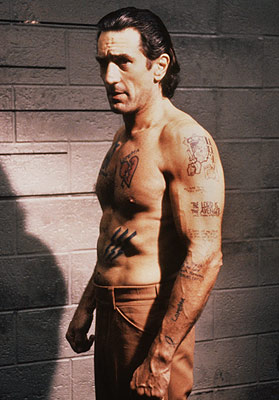
Robert DeNiro as the updated Maximillian Cady
The new cast consisted of Robert DeNiro as Max Cady, Nick Nolte as Sam Bowden, Jessica Lange as his wife Leigh, Juliette Lewis as their daughter Danielle, Joe Don Baker as the Private Detective and Fred Thompson as the head of the firm Bowden works for. Mitchum, Peck and Balsam were all brought back for cameos, which was a marvelous choice and nod to the original film.
So Marty did some clever updates to the script, which really enhanced the new version, while at the same time staying true to the source material. Not only taking elements from the original film, Scorsese also seems to take some inspiration from one of the greatest thrillers of all time The Night of the Hunter, which also starred Mitchum and was the only picture that was directed by the great Charles Laughton, regarding shot composition, use of vivid colors, and bookending the film as almost a dark bedtime story.
The new Bowden family were made more realistic, so not to be too picture perfect, as the original family seemed to be. Sam seemed to be cheating on his wife with Illeana Douglas and having visible problems in his marriage, while Juliette Lewis’ relationship with her parents is severely strained; like most families with teenagers endure. These added nuisances which became things Cady would later exploit.
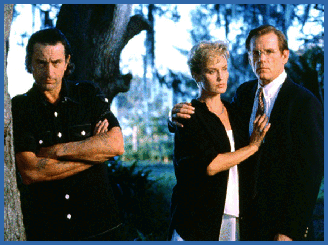
DeNiro, with Mrs. Bowden Jessica Lange, and Mr. B, Nick Nolte
Now to DeNiro’s performance. I know this may be a very hotly debated topic within the world of DeNiro fans, but aside from Jake LaMotta in Raging Bull, I believe this may be his single greatest role. Taking nothing away from Robert Mitchum, who being an amazing legend in his own right, and recognizing his equally dangerous and very effective portrayal of psychopath Max Cady (PLEASE check him out in the aforementioned The Night of the Hunter for his frightening portrayal of the psychopathic preacher Harry Powell, who has ‘Love’ and ‘Hate’ tattooed on each knuckle), Mr. DeNiro seemed to be at the height of his career and in top form with his ‘method’ acting, and really jumped into this role. “The height’s the depth” to quote DeNiro from the film.
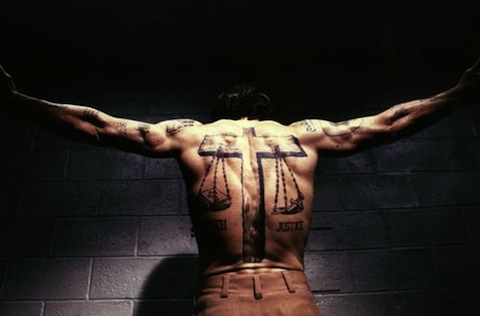
“I don’t know if to look at him or read him…”
First DeNiro started a workout regime so that he could look the most toned he had looked in over a decade (supposedly taking his body fat down to only 3%!), and listened to prison recordings of convicts to find the right dialect to be able to master for the uneducated southern-draw of Cady. He decided that his character would be completely inked with jailhouse tatts, like someone who had spent 14 years in prison would have. Consequently, he then had his body tattooed with vegetable dye, which would last for 6 months, so the body art would not have to be reapplied everyday before shooting. He grew his hair out to his shoulders, and lastly, but maybe most extreme (and costly!), he paid a dentist $5000 to yellow, add caps and do other things to make his teeth look dirty and crooked (He later had to pay 20K to have them then fixed!).
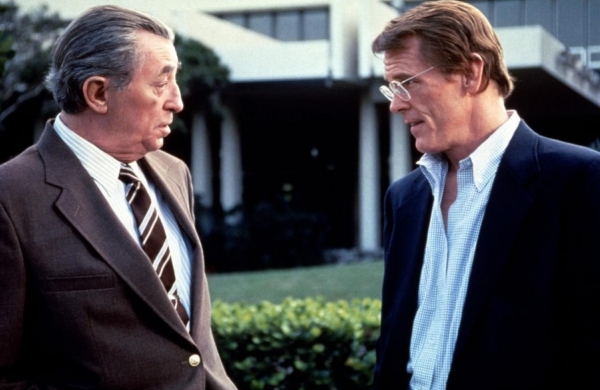
Robert Mitchum back but as the Policeman
But DeNiro made the character very intelligent, which made him even more menacing. He went into prison practically uneducated and illiterate, and came out as his own public defender and extremely well read, and with a plan to seek revenge on Bowden and his family.
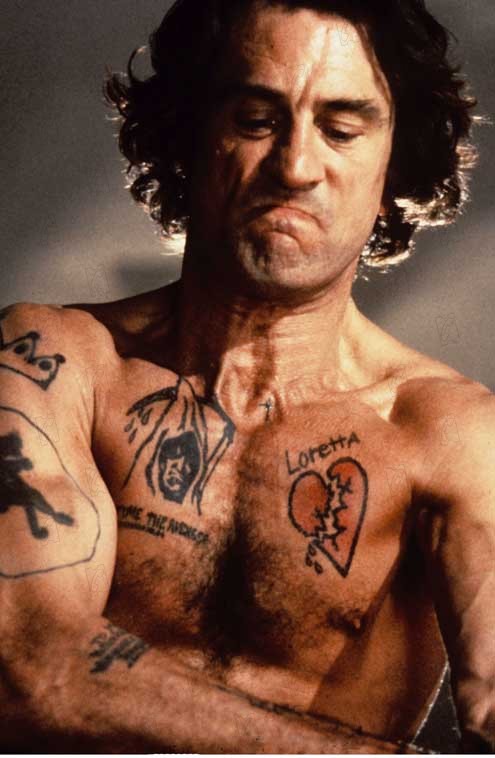
Which leads to one of the most startling changes Scorsese made to story, which adds an entire new level that was absent from the 1962 film. Unlike the original, Nolte’s Bowden actively suppressed a report that would have cleared Cady and saved him a 14 year bid, all those years before, believing Cady was in fact guilty of the crime (rape) and should be punished for it. So this action in itself, almost justifies Cady’s savage attack that he lays on the Bowden family.
This brings us to a major theme in the film which Scorsese levels on the audience: the issue of class. It is inherit in the film that Bowden’s character 14 years prior and once Cady is released from prison always felt that he was above or more plainly, not on the same level as Cady in terms of social class. This is a point that is danced around in almost every conversation Sam and Max have, from their first encounter, to the film’s climax on the banks of a river during a hurricane. “You think you’re better than me?” Surprisingly though, Max does seem to succeed with his goal and at the end of the movie Cady in fact lowers Bowden down to the primal, animalist level he resides in. So in fact, DeNiro’s character does succeed in getting what he wants, and essentially wins, and in the denouncement, Max being satisfied is completely neutral about his eventual death.
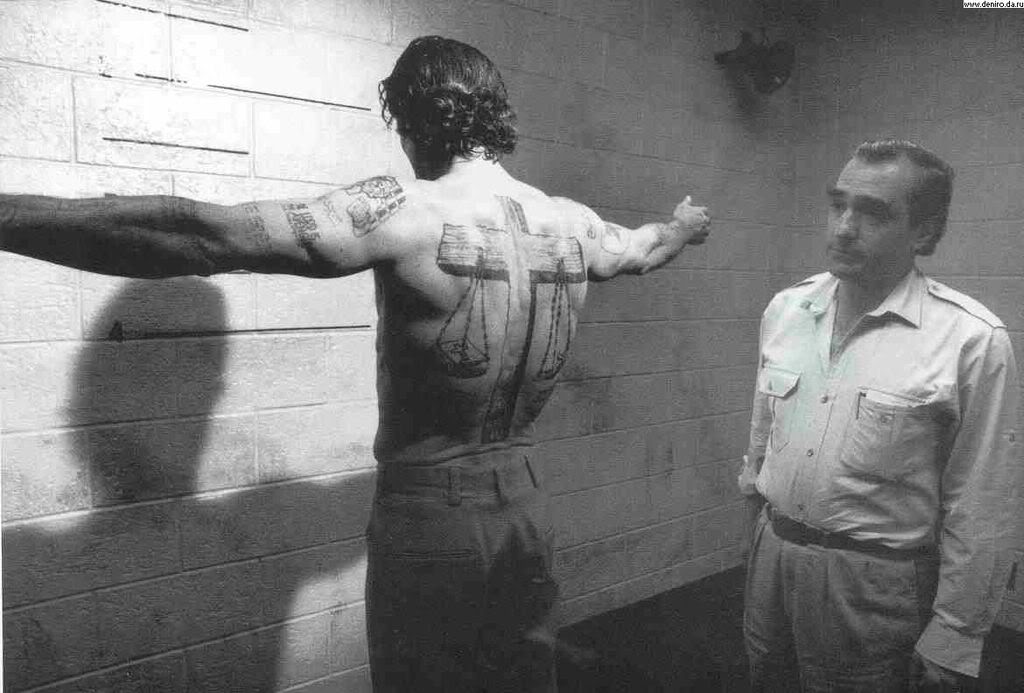
On set with Martin Scorsese
Lastly, from a technical stand point, the film is brilliant. Scorsese shot and paced it like a Hitchcock film and even used the original Hermann score, which once you hear, you will never forget or unmarry the two. Elmer Bernstein, who adapted the original Hermann score for the 1991 hit, encountered a huge problem in the process. He actually ran out of source music for the new film, having used all the music cues already from the original score, still had key scenes needing music. So in a stroke of brilliance, Bernstein went back through the Hermann catalog, and actually found unused tracks Hermann had penned for Hitchcock’s Torn Curtain, using them to fill in the holes seamlessly.
So along with an action-packed climax, Scorsese really directed a masterpiece which ended up being a hit in the box office. It just goes to show you, even though one might be pigeon-holed in a field or genre, that does not mean they still can’t branch out and be brilliant in another. But don’t take my word for it, just go watch his version of Cape Fear.
